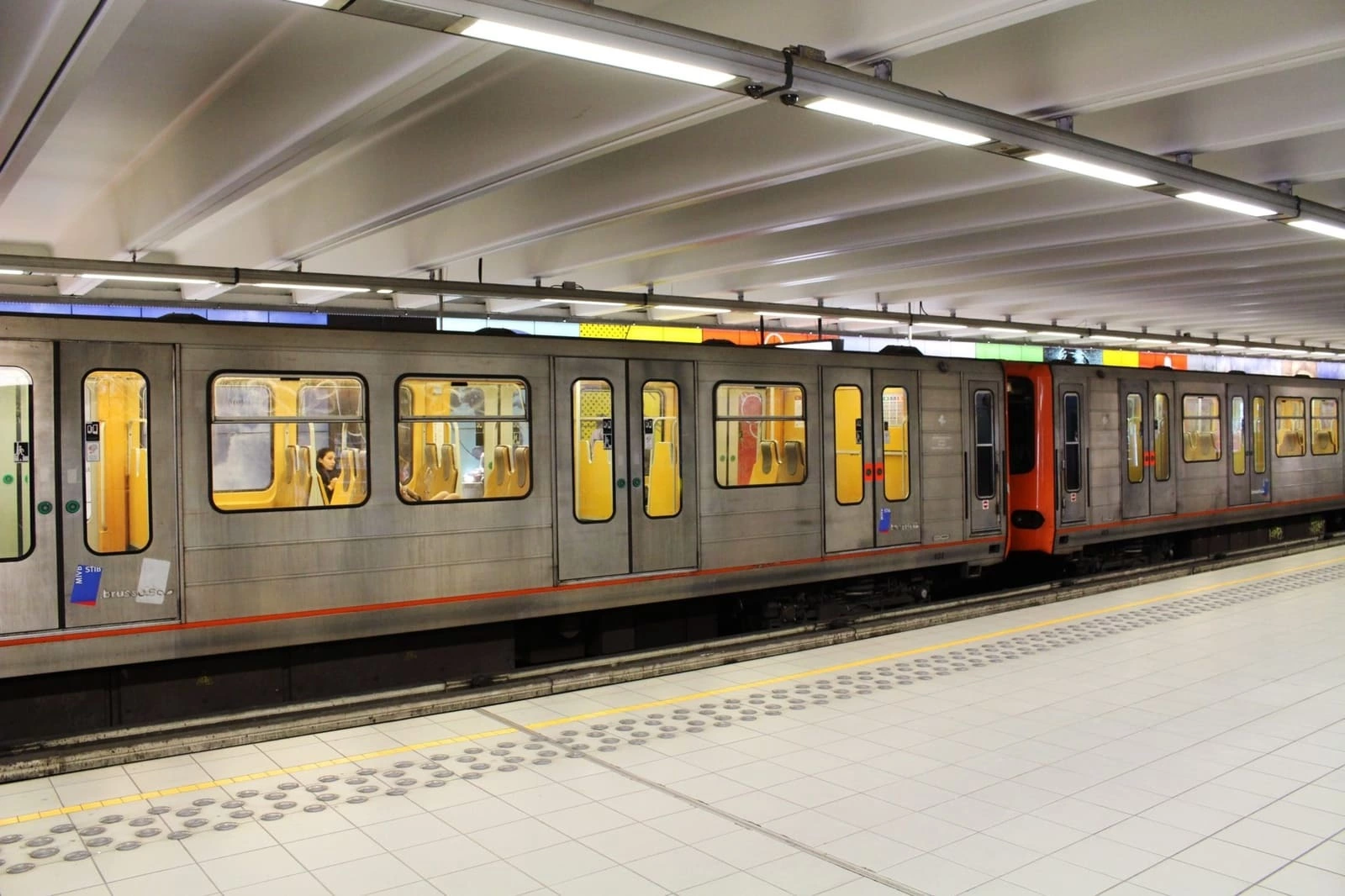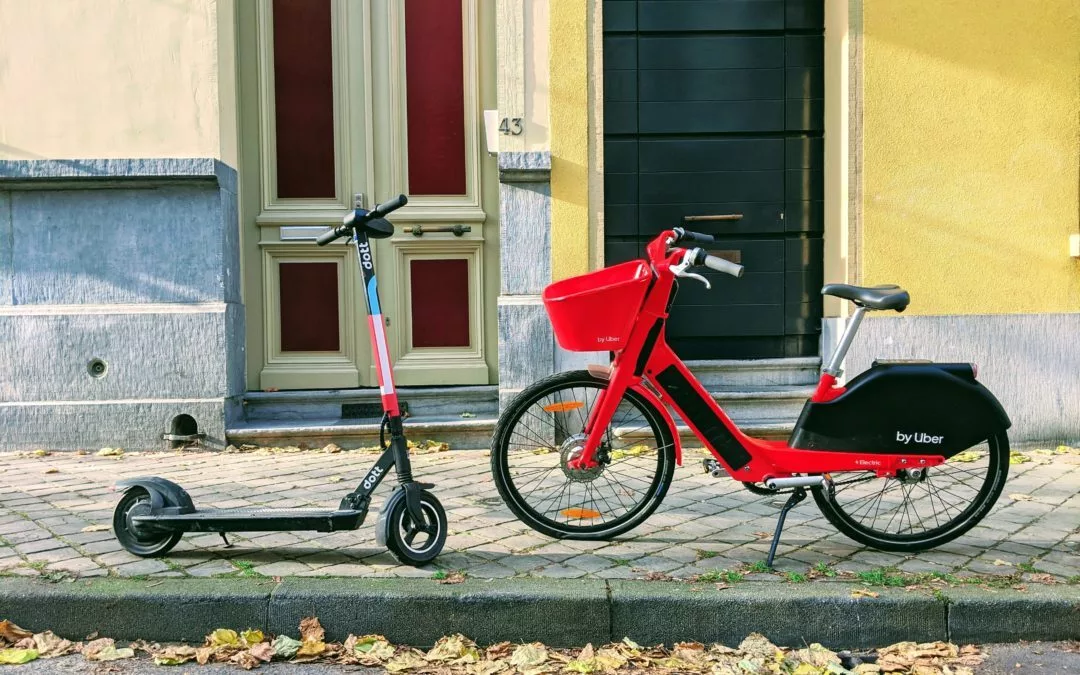Mobility Budget completely misses the start, was the headline in De Morgen last week. The figures don't lie, at SD Worx there were only 15 people who opted for the mobility budget since the start of the scheme 9 months ago. I was the first to pass the test. Afterwards, only 14 others followed, who also decided to exchange a company car for the mobility budget.
More and more people ask me whether the switch to a mobility budget is worthwhile, and if so, how they should go about it. Therefore: my year with the mobility budget in review.
The mobility budget
To start with, a crash course in 'mobility budget for dummies': in an attempt to untangle the mobility knot in our country, the federal government introduced the mobility budget in March 2019. Those who have (the right to) a company car can exchange it for a budget that can be spent on either an environmentally friendly company car, sustainable means of transport (such as a bicycle or a shared car) or housing costs, or - if there is any budget left over afterwards - a cash payout.
Very interesting if you ask me. Not least because I live within a 5 km radius of my workplace, and can therefore choose to use the mobility budget to pay my monthly rental costs. That budget itself includes all the costs that would normally be spent on my company car (BMW 1 class) - about 650 euros per month. Since the rent for my flat in the centre of Brussels is similar, I have therefore exchanged my car for a flat.

How do I pull myself out of a job without a company car?
Between March and August, I covered the commuting distance via metro or micro-mobility options (such as Jump, Dott, Lime). Because the Brussels metro is not the best (read: cleanest) experience, and I was fed up with flat tyres and ticking invoices of shared bikes, I decided to buy the electric Cowboy bike in August. What a relief! Incredible riding pleasure and the electric bike offers an amazingly good alternative for distances within 15 kilometres.
Although a car remains handy for longer distances and less accessible places, I am still satisfied after almost a year. Opting for the mobility budget provides a very nice cash benefit and is highly recommended for people who live close to work. Thanks to the train, shared car and electric bike, I can get where I need to go and have drastically reduced my car use.

Don't get me wrong, there is still a lot of room for improvement. The bicycle infrastructure in Brussels means regularly fearing for your life and currently only people who have (the right to) a company car can opt for the mobility budget.
Final evaluation
Because Rome was not built in a day, I give the mobility budget a positive report. I also call on employers to do their bit to untangle the mobility knot. By introducing fleet services within the company (both for electric bicycles and cars). Or by stimulating homeworking, for example, which is also encouraged by the government through net homeworking allowances. In short: alternatives abound, use them well!
If you have any questions about the mobility budget or about tax-efficient salaries, you can always ask me at filip@payflip.be.





